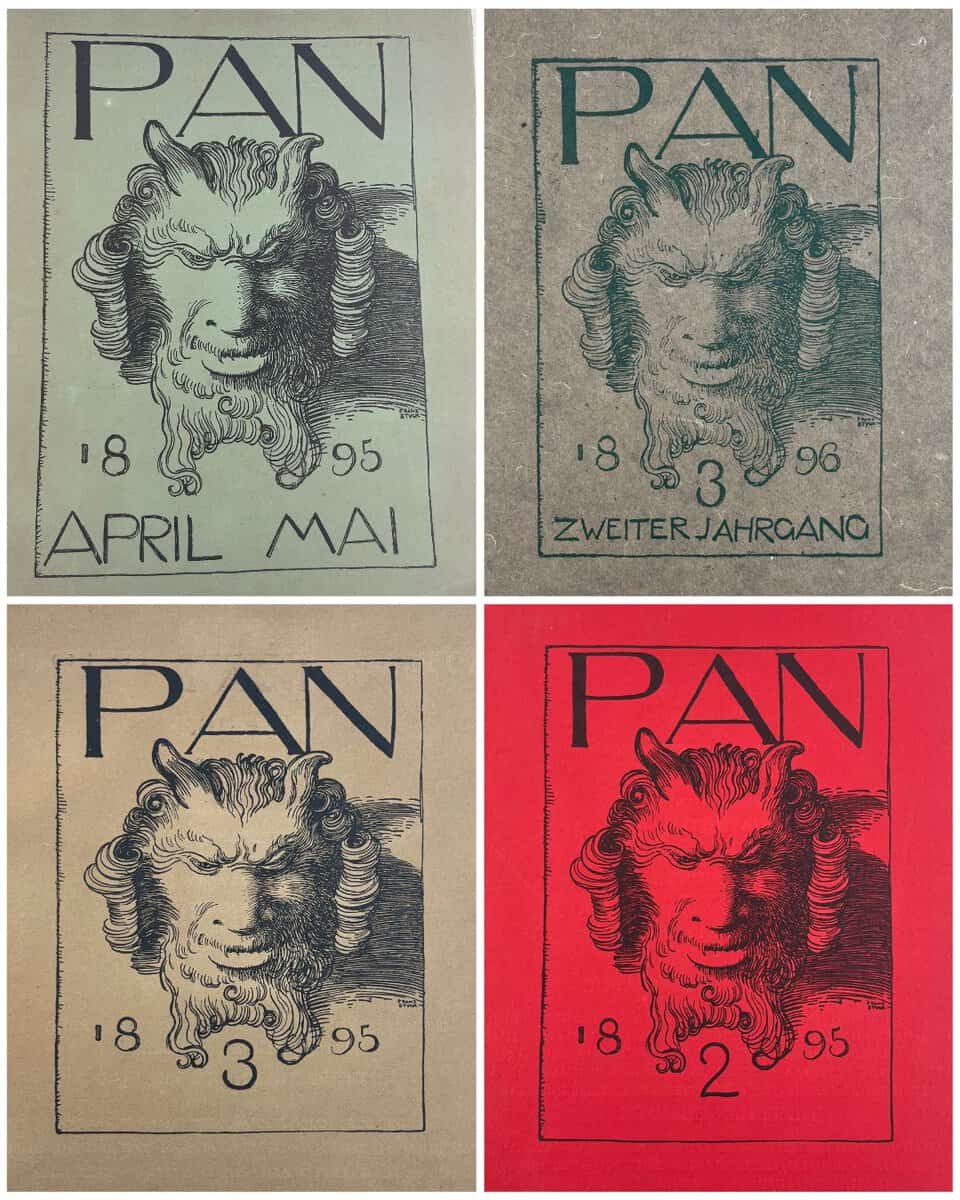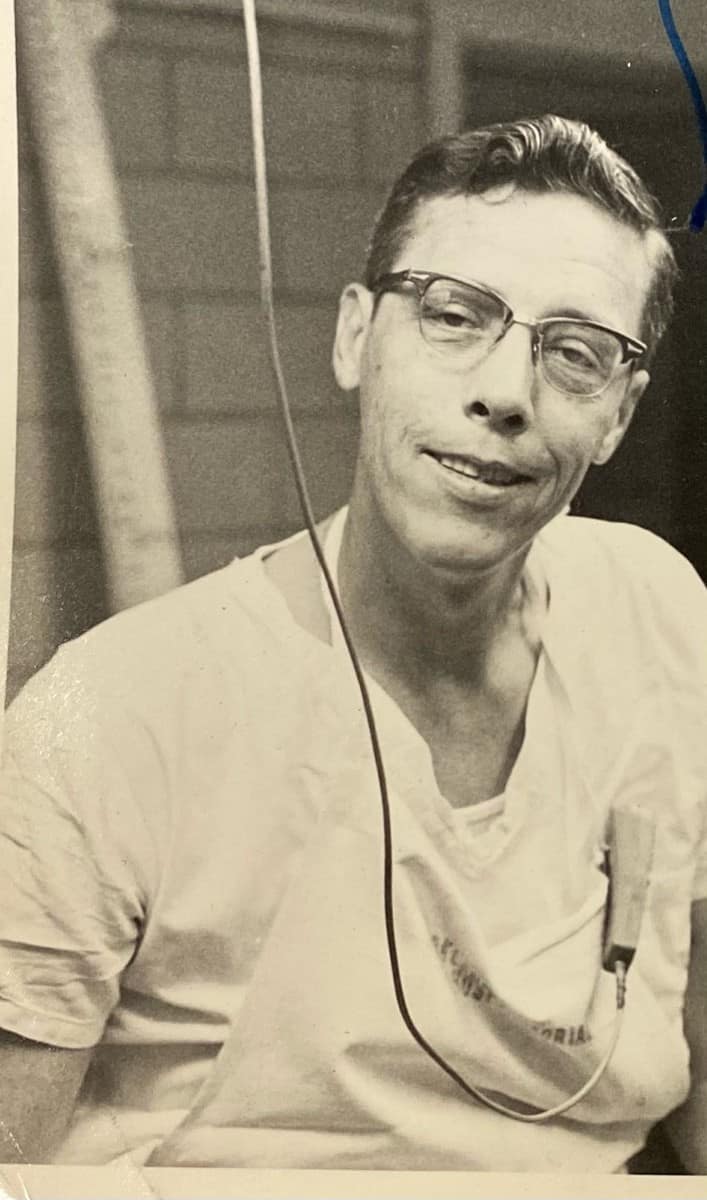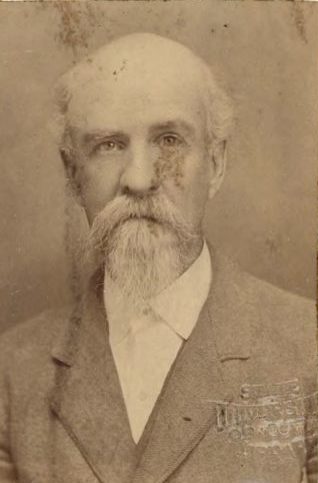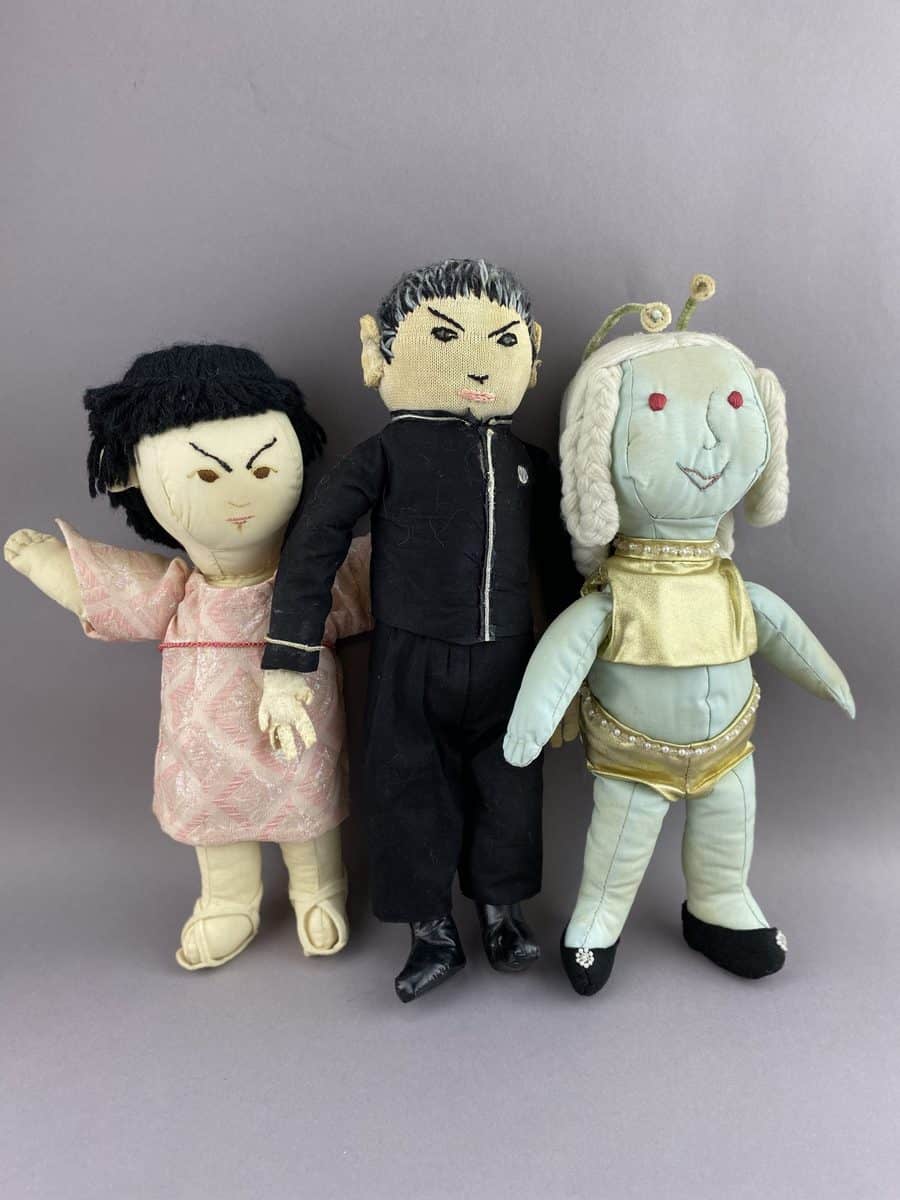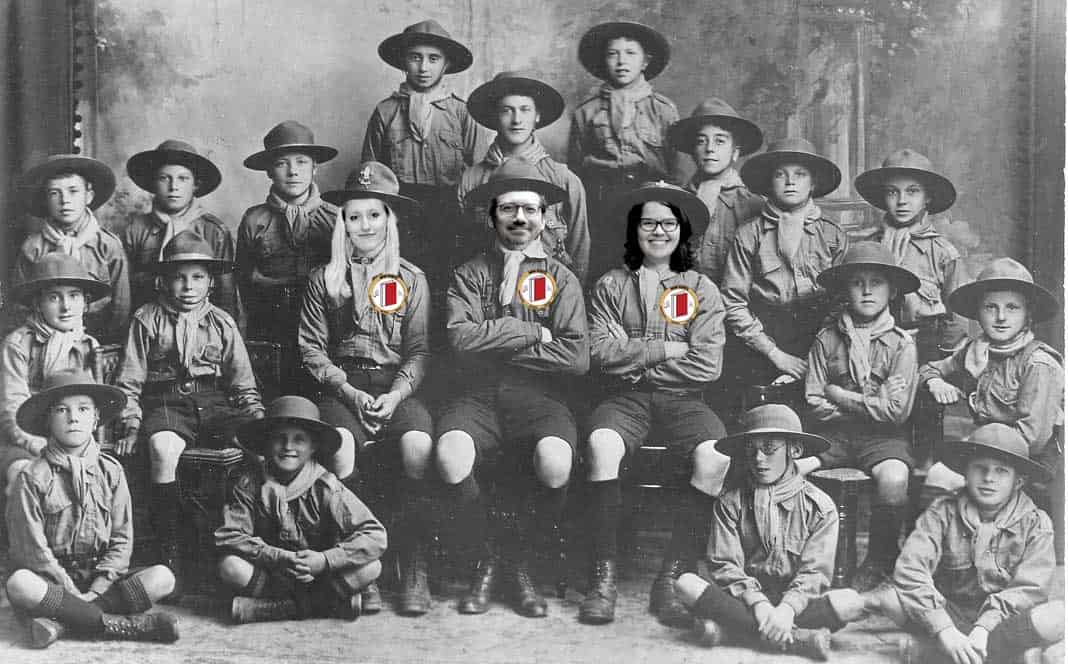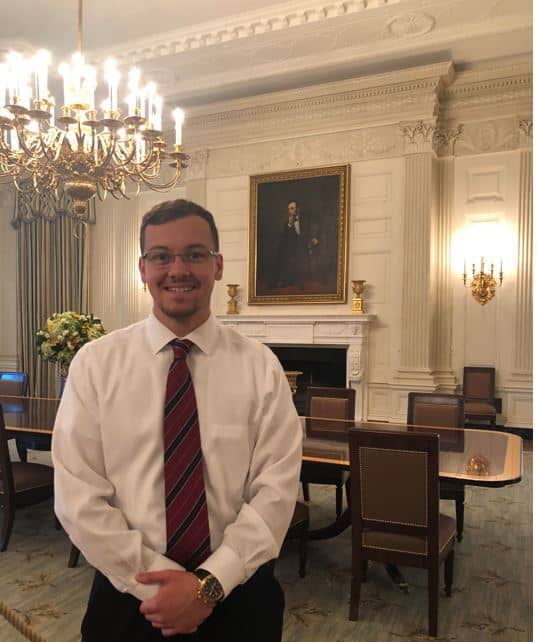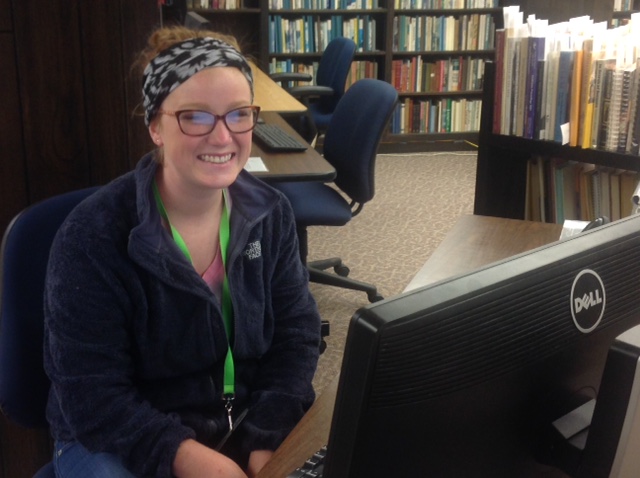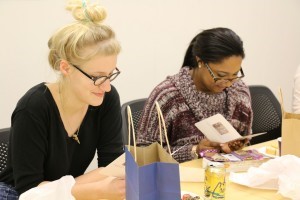The following is written by M Clark, instruction and reference graduate assistant of Special Collections and Archives In the blossoming world of the international Art Nouveau movement of the late 1800s, German artists were carving their own unique path that reverberated across Europe. At the heart of this movement stood publications such as PAN, aContinue reading “Exploring the Legacy of PAN: A jewel in the crown of German Art Nouveau”
Tag Archives: student workers
A Unique Perspective: The JFK Assassination Through the Lens of the Earl F. Rose Papers
The following is written by graduate student worker Bailey Adolph. A collection that is currently being reprocessed in Special Collections & Archives is the Earl F. Rose Papers, which gives a unique perspective of the John F. Kennedy Assassination and the events that followed. Earl F. Rose was the medical examiner who performed the autopsiesContinue reading “A Unique Perspective: The JFK Assassination Through the Lens of the Earl F. Rose Papers”
Fading Forms of Communication: Uncovering Civil War Stories from Anson Butler
The following is written by Erik Henderson, Graduate Assistant for Iowa Women’s Archives As we have moved into the digital age, the value of handwritten letters has seemingly faded. Archival repositories nationwide are composed of letters because they once encompassed the most influential and sometimes most intimate moments experienced by their authors. Preserving history allowsContinue reading “Fading Forms of Communication: Uncovering Civil War Stories from Anson Butler”
A Virtual Bibliophiles
Today is April 8th, 2020, the day we were supposed to gather for the last Iowa Bibliophiles of the academic year. The plan: come together, eat some tasty snacks, and explore some of the highlights from our collection with the help of our wonderful student workers. Our students had selected manuscripts, books, and more, researchedContinue reading “A Virtual Bibliophiles”
The Weird and Wonderful Things of the L. Falcon Media Fandom Collection
Zoë Webb is a graduate student at the University of Iowa in the School of Library and Information Science and is also pursuing a Book Studies certificate at the Center for the Book. As a student worker in Special Collections, she was recently appointed Processing Intern for the L. Falcon Media Fandom Collection. Below ZoëContinue reading “The Weird and Wonderful Things of the L. Falcon Media Fandom Collection”
Earn your own bookbinding badge with this new exhibit
Do you have an interest in bookbinding? Have you always wanted to be a boy or girl scout but never took the opportunity to join? Or maybe you miss those scouting days? Well, now is your chance to earn your Bookbinding badge and join the Book Scouts. Curated by Olson Graduate Assistant Laura Michelson, graduateContinue reading “Earn your own bookbinding badge with this new exhibit”
Top 10 Things Found from Student Shelver
I was hired at Special Collections to shelve things. Books, boxes and everything in-between. As time went on, I began putting away newly acquired books as well as gathering the material for classroom use. There are so many books and material passing through my hands each shift I complete, and each book or item isContinue reading “Top 10 Things Found from Student Shelver”
Seth Torchia goes to Washington
Special Collections student worker Seth Torchia spent a fascinating summer interning at the National Archives. We are excited for Seth to have had this wonderful opportunity and asked him to share his experiences below. This summer, I interned at the National Archives assisting with the Lincoln Archives Digital Project. The Lincoln Archives Digital Project is aContinue reading “Seth Torchia goes to Washington”
Special Collections’ Student Worker Wins UI Libraries’ Scholarship
University of Iowa Libraries’ staff this year donated to a new Libraries’ Student Employee Scholarship fund to support competitive scholarships open to students working in the University of Iowa library system. Special Collections’ own Stacy Garrard was awarded one of the two scholarships. Stacy is a freshman majoring in Speech and Hearing Sciences and worksContinue reading “Special Collections’ Student Worker Wins UI Libraries’ Scholarship”
Best Wishes to Our Graduating Student Workers
By Lindsay Moen, Department Liaison It has only been a few months into my new position as Department Liaison, and one of my major job duties is to supervise the student employees. I did not anticipate that the hardest part of this new job would be watching wonderful students graduate and leave the department. This FallContinue reading “Best Wishes to Our Graduating Student Workers”
